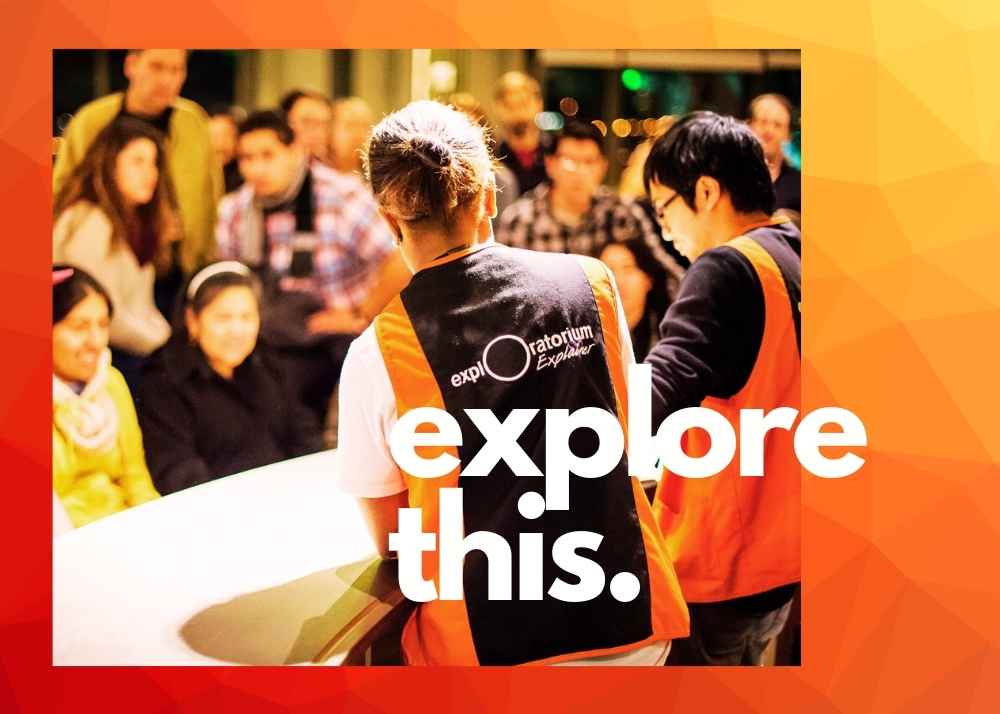High School Internship Spotlight: Be an Exploratorium Explainer!
Are you a teen who lives in the San Francisco Bay Area and is interested in (or curious about!) science and the world around you? Would you like to learn and teach about science in a fun environment while also getting paid? If so, you should “explore” the Explainer and PACE internships for high school students and young adults at the Exploratorium museum at Pier 15 in downtown San Francisco.
By Lindsay López-Isa Lamken
What is the Exploratorium?
The Exploratorium is a special and exciting museum in San Francisco, California. The Exploratorium makes science more interesting and understandable for a wide range of people, regardless of their age, background, or education. The museum was started in 1969 by a physicist named Frank Oppenheimer. From his experience teaching high school and college science courses, Oppenheimer realized that it was more enjoyable and easier for people to learn about science through hands-on experiences. That’s why the Exploratorium is organized around exhibits and demonstrations that inspire visitors to ask questions, try new things, and discover the world around them. It’s a place where everyone can learn by doing and have fun at the same time!
The Exploratorium is like a research lab where scientists and artists are always trying out new ideas and ways to explain how the world works and then sharing their work with the public. The professionals at the Exploratorium make everything in the museum’s design and construction shop, which is open for visitors to see. Their work is always changing and improving the museum, as new exhibits and events are made or updated. The Exploratorium also uses the latest technology, like live webcasts, phone apps, and virtual reality, and even connects to research ships at sea!
Internships for High School Students and Young Adults: The Explainer and PACE Programs
Unlike most museums that hire adults to give tours, the Exploratorium relies on groups of young interns to help bring its creative exhibits and demonstrations to life. The museum offers two internship tracks: the Explainer program and the PACE (Professional Advancement and Career Exposure) program.
What Is the Explainer Internship for High School Students?
The Explainer Program offers internships for high school students in the San Francisco Bay Area (including teens who attend alternative schools and are seeking a GED or high school proficiency equivalent). You can apply for an Explainer internship if you are between the ages of 15 and 20 (but no older than 18 when you apply) and have finished the 9th grade. Each year, the Exploratorium hires about 130 high school students and young adults.
Explainers are about ten percent of the total staff at the Exploratorium, and they have significant responsibilities. They receive up to 60 hours of training on topics such as working with the public, conducting informal conversations with visitors, sharing information about exhibits, and learning about experiential science education. When their training is complete, Explainers perform a number of important tasks at the Exploratorium, including:
- helping to open and close the museum;
- preparing the museum for its daily operations by moving exhibits to their proper locations;
- greeting and orienting visitors;
- running demonstrations for visitors on the exhibit floor;
- helping with lost items and children; and
- being prepared to help in emergency situations.

Running demonstrations is one of the most important and enjoyable experiences of the Explainer internship. The demonstrations at the Exploratorium are hands-on, interactive, and aimed at helping visitors understand scientific concepts in a fun and engaging way. The specific types of demonstrations that Explainers perform vary depending on the exhibits that are currently on display, as well as the interests and expertise of the Explainers themselves. Here are some examples of the types of demonstrations and activities that Explainers might lead:
- Philosophy demonstrations encourage visitors to think about and discuss abstract ideas and moral concepts. The Explainer chooses a question, such as “Should people always tell the truth?” and visitors are given a chance to express their opinions and engage in conversation.
- Outdoor demonstrations take place outside of the museum and often focus on science concepts that can be observed in nature. For example, visitors might learn how to make a cloud in a bottle or use a magnet to find magnetic north and true north.
- Electricity demonstrations explore the properties of electricity, including static electricity and electromagnets. A Van de Graaff generator may be used to create lightning or visitors might play with an electromagnetic ring toss.
- Magic demonstrations use illusions and tricks to teach visitors about science concepts. For example, an Explainer might perform a trick that demonstrates the qualities of human perception.
- Dissection demonstrations use biological specimens, such as flowers or cow eyes, to teach visitors about anatomy and physiology.
- Laser demonstrations showcase properties of light such as reflection, refraction, and diffraction. Visitors may see a laser light show or participate in hands-on activities involving lasers.
What is the PACE Program?
The PACE program is a more intensive version of the Explainer high school internship. PACE is for young people between the ages of 18 and 20 who have graduated from high school and want to deepen their engagement with science and the Exploratorium. PACErs have the same responsibilities as Explainers, but they work additional hours, and they also do independent research projects under the guidance of the museum’s professionals. When they complete their research projects, PACErs present their research findings to other PACErs, so that the whole group can benefit and learn from their work. Most PACErs start out as Explainers in high school and then move into the PACE program after graduation.
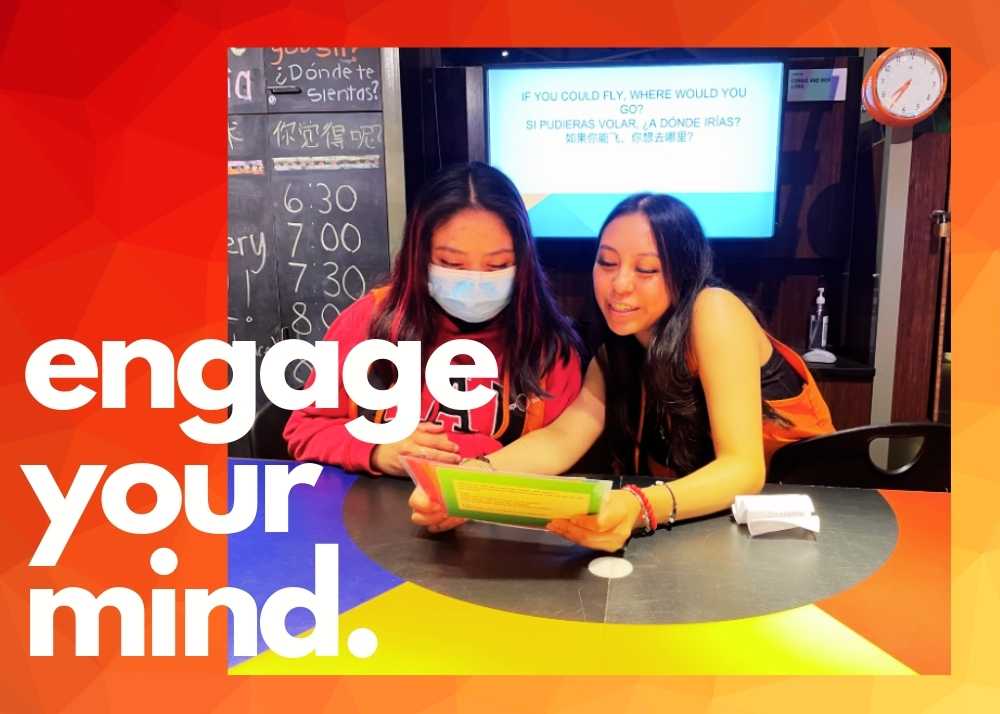
Who is the Ideal Candidate for the Explainer and PACE Internships?
For an answer to this question, we spoke to Phanna Phay, the Manager of the Explainer Program. According to Mr. Phay, he puts a great deal of effort into making sure that each year’s cohort of Explainers is a well-balanced group that will benefit from the education and training that the Exploratorium offers. He told Lateenz that what matters most in the selection process is:
Diversity: When choosing students, Mr. Phay aims for a mix of students who reflect the different cultures, gender identities, ethnicities, socioeconomic backgrounds, and religions of the Bay Area. The ability to speak more than one language is also a plus. This diversity allows for a more enriched learning environment for both the Explainers and the museum’s visitors.
Interest and Attitude: Mr. Phay looks for teens who have basic communication skills, and who are curious, mature, open-minded, and eager to learn more about science, art, and perception. He also creates groups of students whose abilities complement each other. For example, some students selected to be Explainers are knowledgeable in the sciences, while others may have strong public relations skills. At a minimum, though, students should have a passion for learning and a desire to work with people.
Potential Benefit: Mr. Phay also carefully considers each student’s level of access to opportunities and how the experience of being an Explainer can make a difference in their lives. Over the years, the Explainer high school internship has been shown to improve the lives and career potential of teens who may not be thriving in traditional school settings or who might not otherwise have access to meaningful extracurricular activities. For many students, the Explainer high school internship is their first job, and the staff at the Exploratorium want to make sure that it is also a valuable learning experience.

What Do Current Explainers and PACErs Say?
We asked three young people who are currently in the PACE program to describe their experiences at the Exploratorium and how they think the Explainer and PACE internships have benefitted them.
Kevin Rodas is planning to become an IT professional, and he says his experience at the Exploratorium will help him in his future career. He enjoys working on research projects, and his two favorites have been coding in HTML programming language and learning about the Mayan language. What he finds valuable is the opportunity to work with different departments inside the museum. He believes that it prepares him for the business world as an IT professional where he will have to help different departments with their technology needs.
Dameon Shaw told us that his favorite part of the Explainer program is leading demonstrations. His favorite demonstration so far has been helping visitors understand the three most common types of lighting: incandescent, fluorescent, and LED (light-emitting diodes).
Ilse Cadena is a people person who appreciates her time at the Exploratorium because it allows her to interact with a wide range of people from all over the U.S. (and the world!) who she wouldn’t normally get to meet. She also appreciates how much she has learned through giving demonstrations. For example, one of the demonstrations that she gives involves flower dissection. During her training, she was amazed to learn that flowers are part of the reproductive systems of plants (ovaries) that mature into fruits containing the (literal!) seeds of the next generation. Ilse notes that most jobs for teens are in the retail or fast-food sectors where there isn’t much opportunity for learning or personal growth. She sees her internship at the Exploratorium as giving her important skills and knowledge that she will be able to use in the future.
Do Explainers and PACErs Get Paid?
Yes! In addition to all the science training and career experience that Explainers and PACErs enjoy, they receive an hourly salary pegged to the San Francisco minimum wage (which is $17.90/hour as of this posting)!
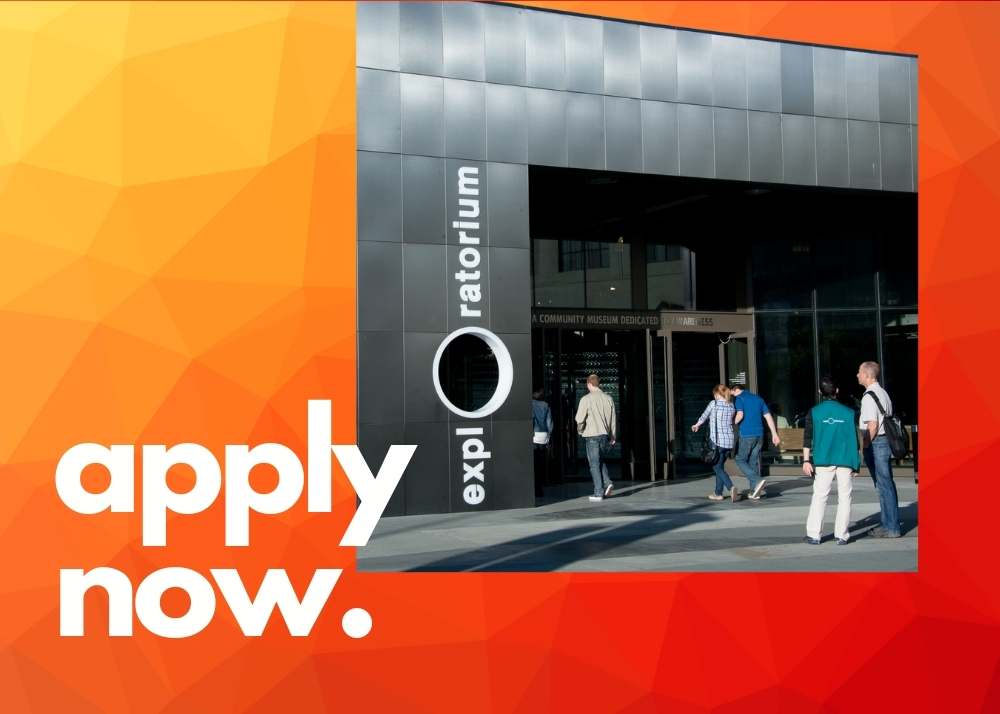
How to Apply
Click on the link ahead if you would like to apply for the Exploratorium Explainer high school internship.
Before You Go . . . Check Out Other Amazing Programs in Lateenz
In addition to the Exploratorium Explainer and PACE internships, Lateenz features a huge number of other programs, internships, competitions/awards, and scholarships in our Teen Resources section. And we have a great search engine that makes it super easy to find an opportunity that’s right for you! So — ¡Ándale! and check them out right now.
Related articles
-
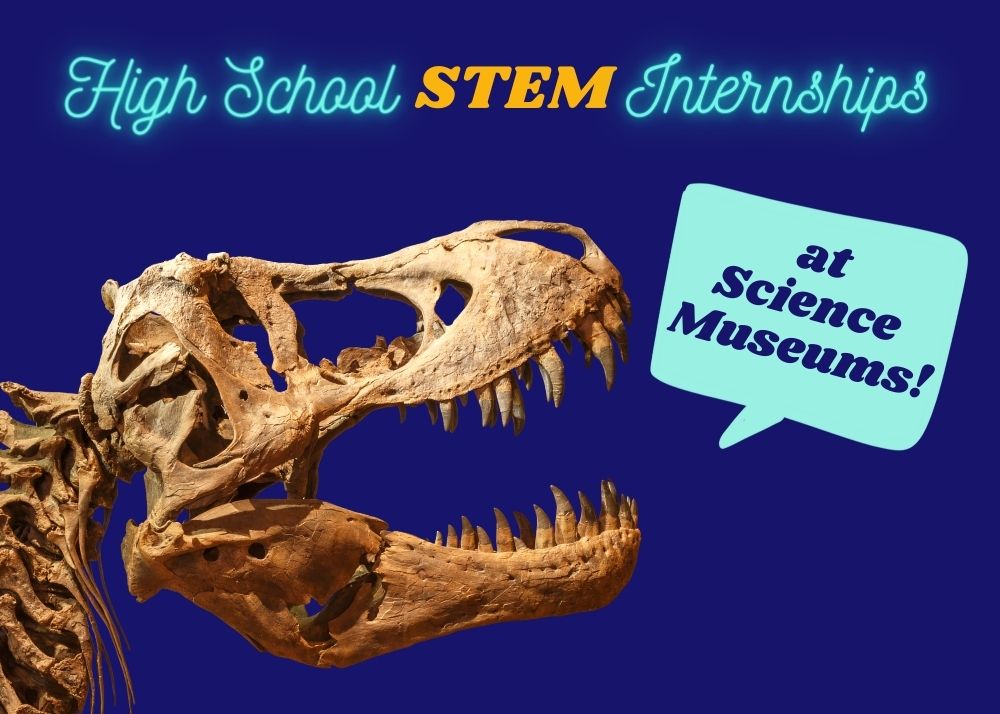 Student Life10 STEM Internships for High School Students at Science MuseumsFebruary 24
Student Life10 STEM Internships for High School Students at Science MuseumsFebruary 24 -
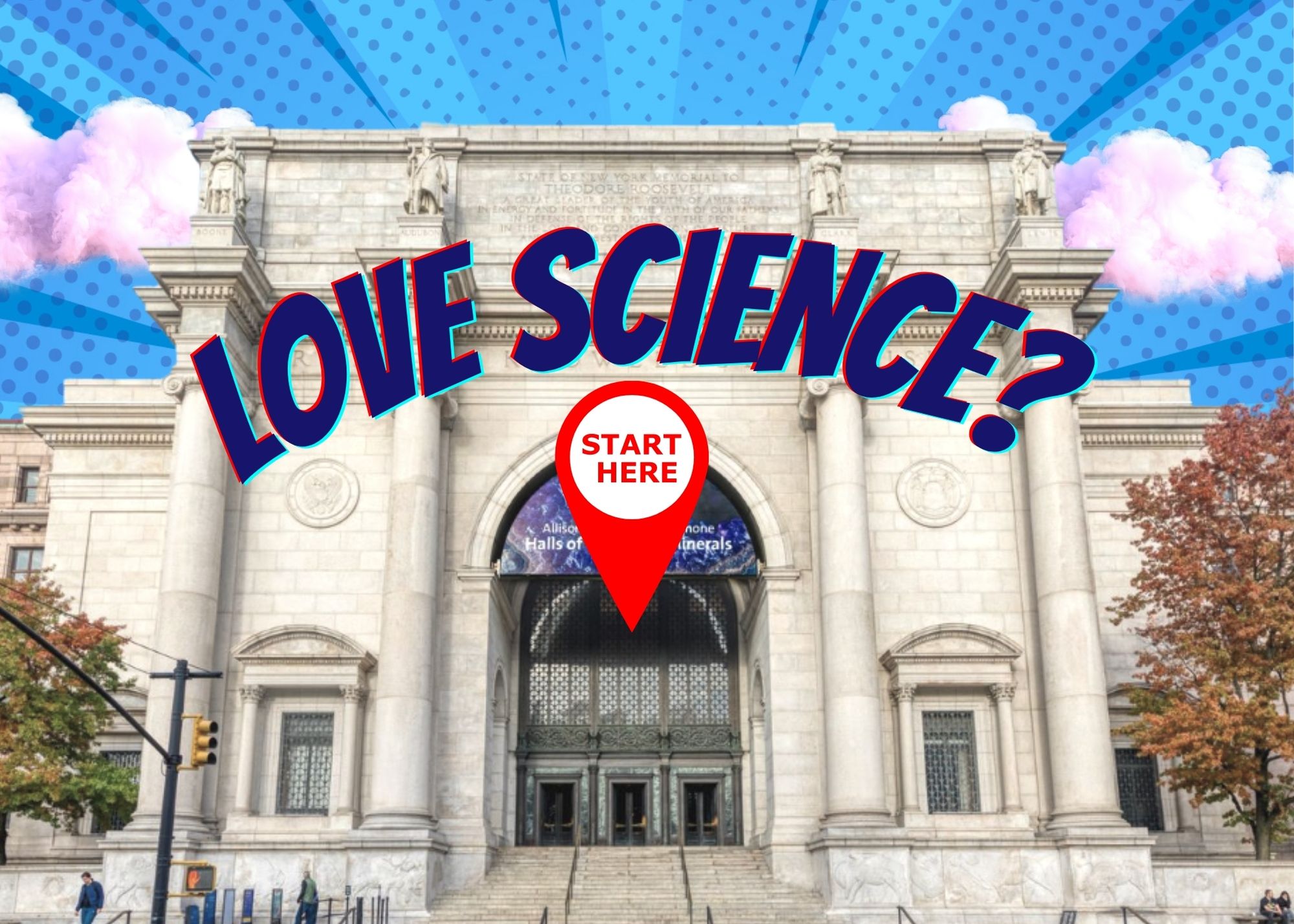 Student LifeProgram Spotlight: The American Museum of Natural History – Science Research Mentoring ProgramJanuary 15
Student LifeProgram Spotlight: The American Museum of Natural History – Science Research Mentoring ProgramJanuary 15 -
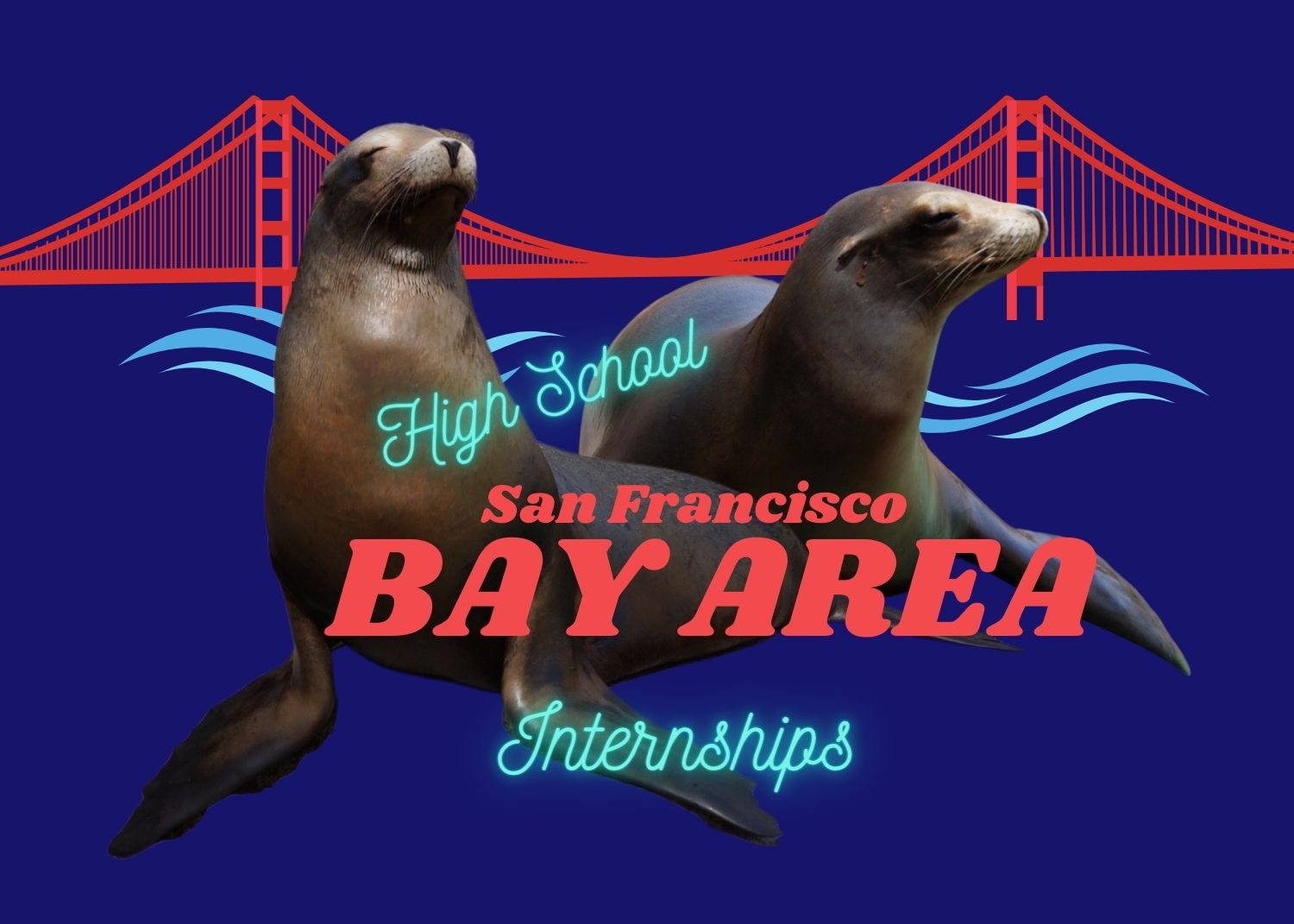 Student Life35+ High School Internships in the Bay AreaJanuary 22
Student Life35+ High School Internships in the Bay AreaJanuary 22 -
 Student Life45+ Exciting Environmental Science Internships for High School StudentsOctober 18
Student Life45+ Exciting Environmental Science Internships for High School StudentsOctober 18 -
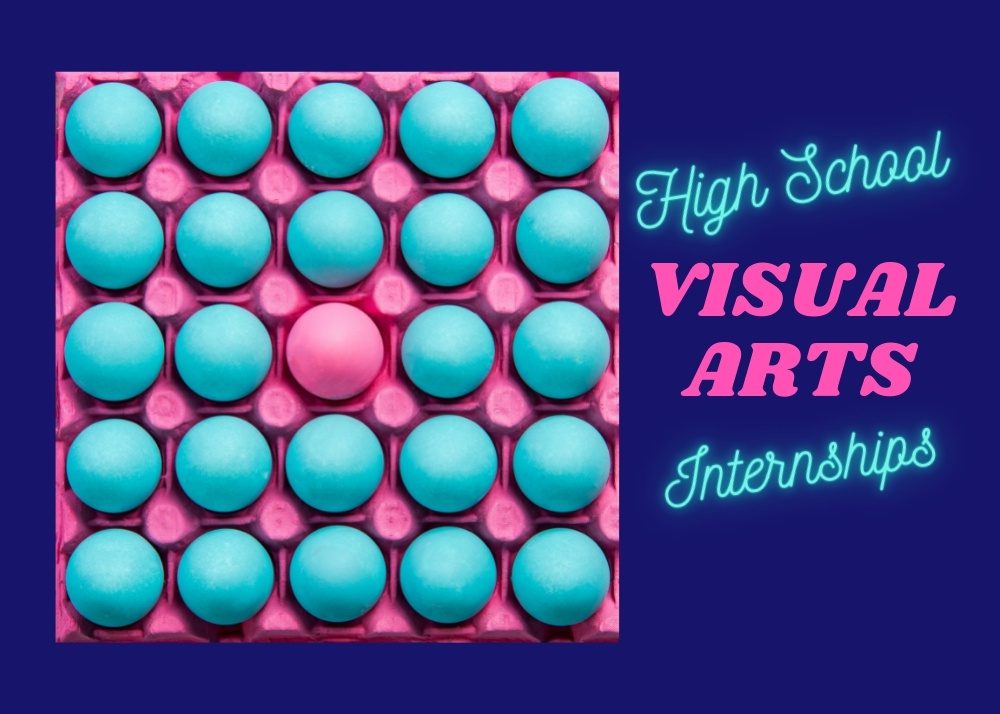 Student Life7 Great High School Internships in the Visual ArtsOctober 18
Student Life7 Great High School Internships in the Visual ArtsOctober 18
Most popular
-
 Student Life35 Top Science Competitions for High School StudentsJanuary 31
Student Life35 Top Science Competitions for High School StudentsJanuary 31 -
 Info / InspirationVoto Para La Mujer Quarter is a Major “Change”!July 29
Info / InspirationVoto Para La Mujer Quarter is a Major “Change”!July 29 -
 Student Life35+ High School Internships in the Bay AreaJanuary 22
Student Life35+ High School Internships in the Bay AreaJanuary 22 -
 Student Life90+ Best Writing Competitions for High School StudentsApril 13
Student Life90+ Best Writing Competitions for High School StudentsApril 13 -
 Student Life45+ Exciting Environmental Science Internships for High School StudentsOctober 18
Student Life45+ Exciting Environmental Science Internships for High School StudentsOctober 18

